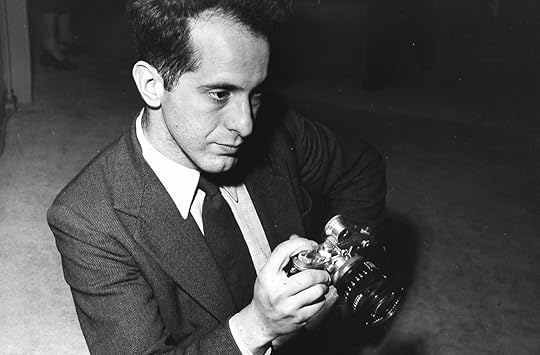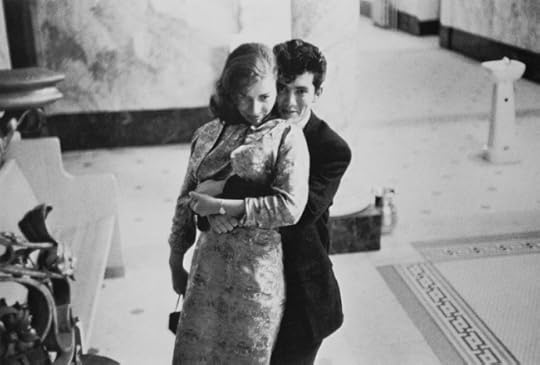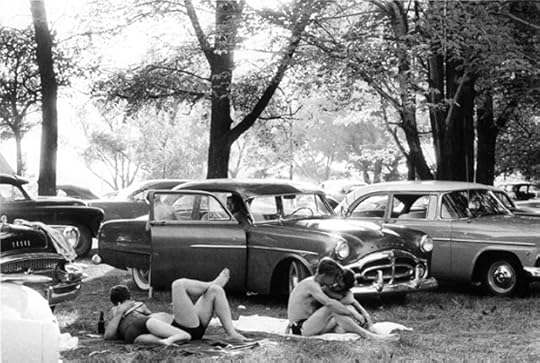What do you think?
Rate this book


179 pages, Hardcover
First published January 1, 1958

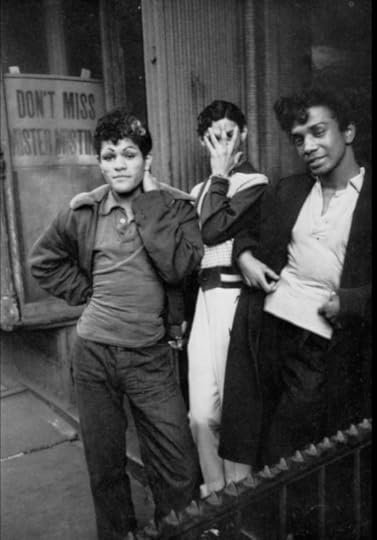
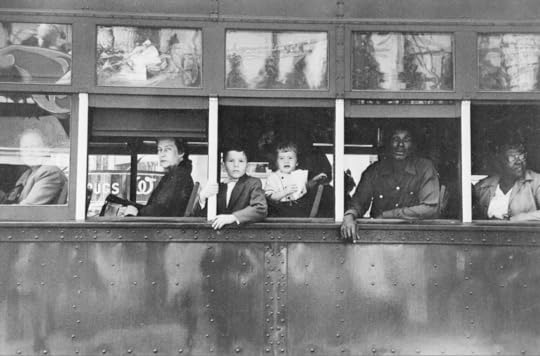
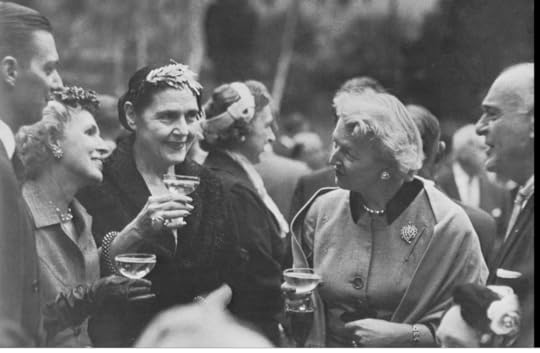

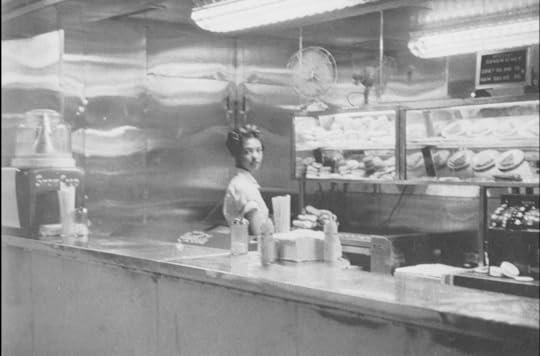

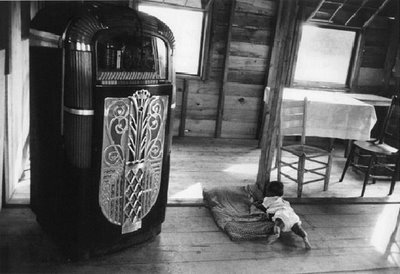
It could seem as if Frank threw his Leica into the world and let it catch what it could, which happened, without fail, to be something exciting - fascination, pain, hilarity, disgust, longing ... No limit to the variety of feelings, with the one uniform rule that they be bleedingly raw. - excerpt from The Shock of Robert Frank's "The Americans" by Peter Schjeldahl, The New Yorker, Sept. 10, 2019.
... flawed by meaningless blur, grain, muddy exposure, drunken horizons and general sloppiness. - excerpt from an early review in Popular Photography 1960.
